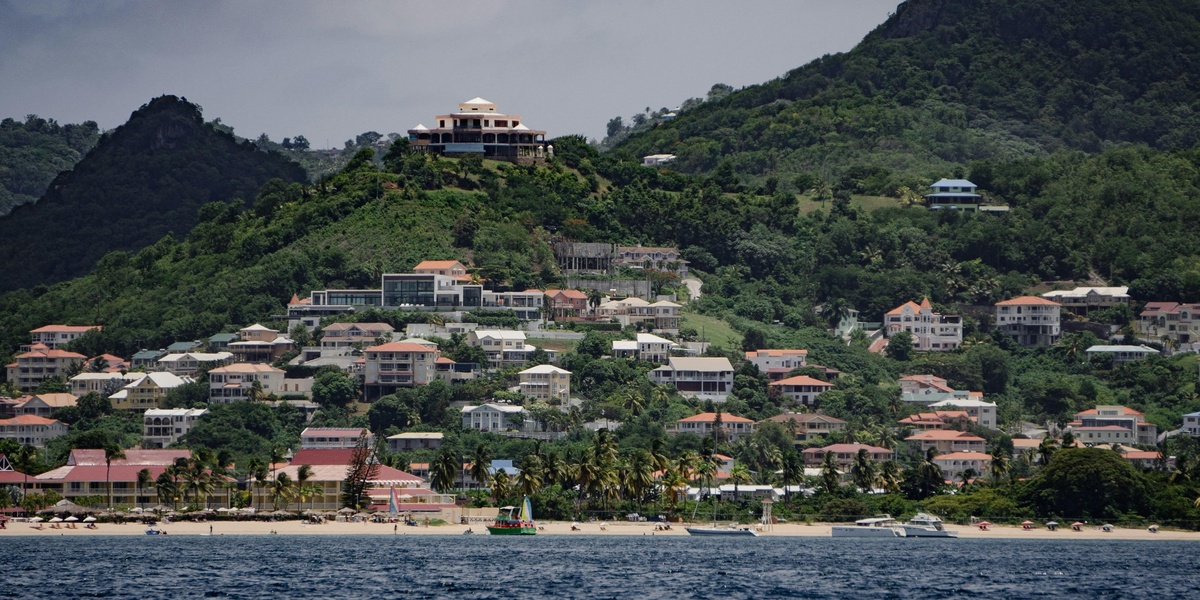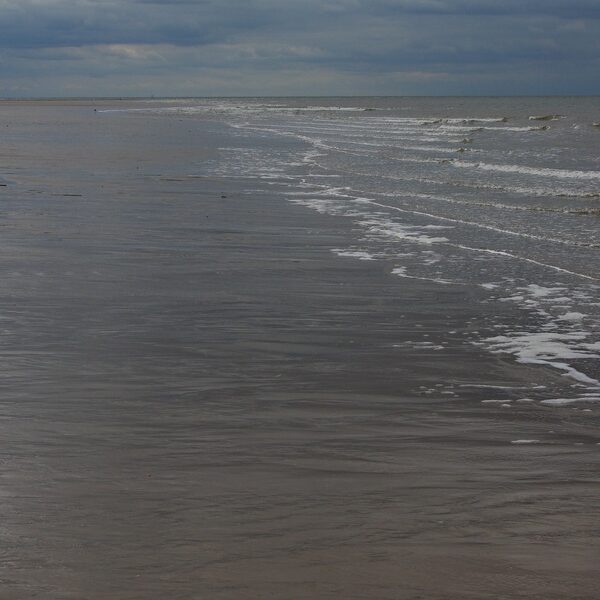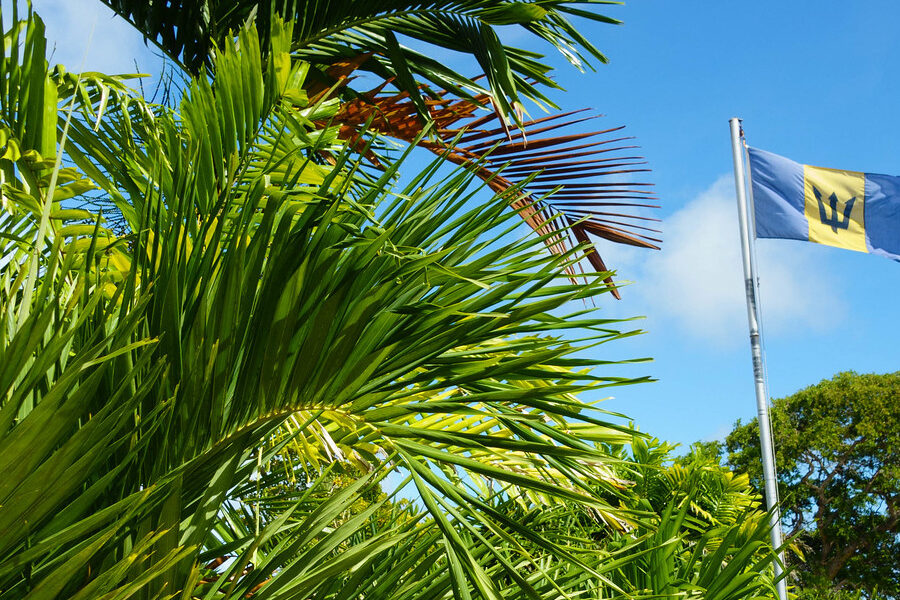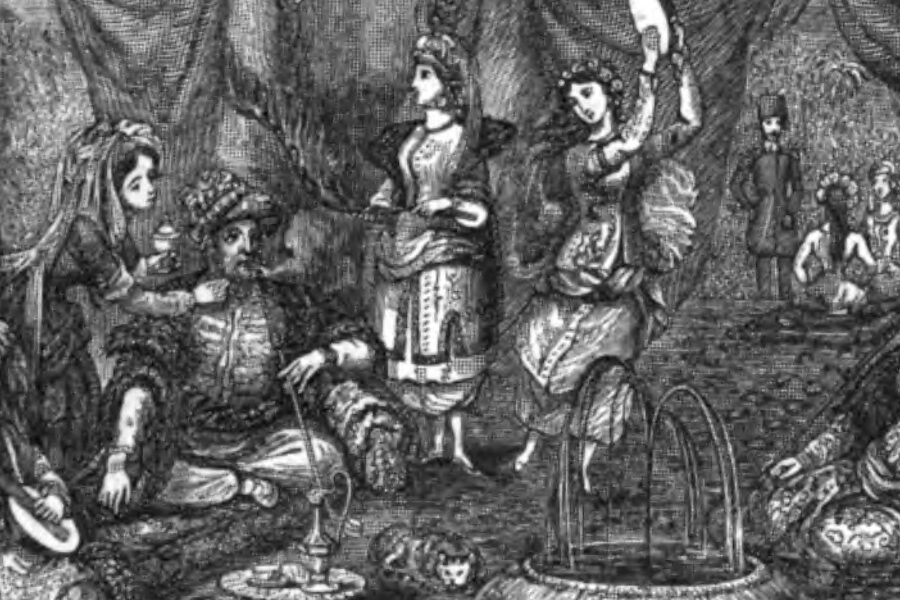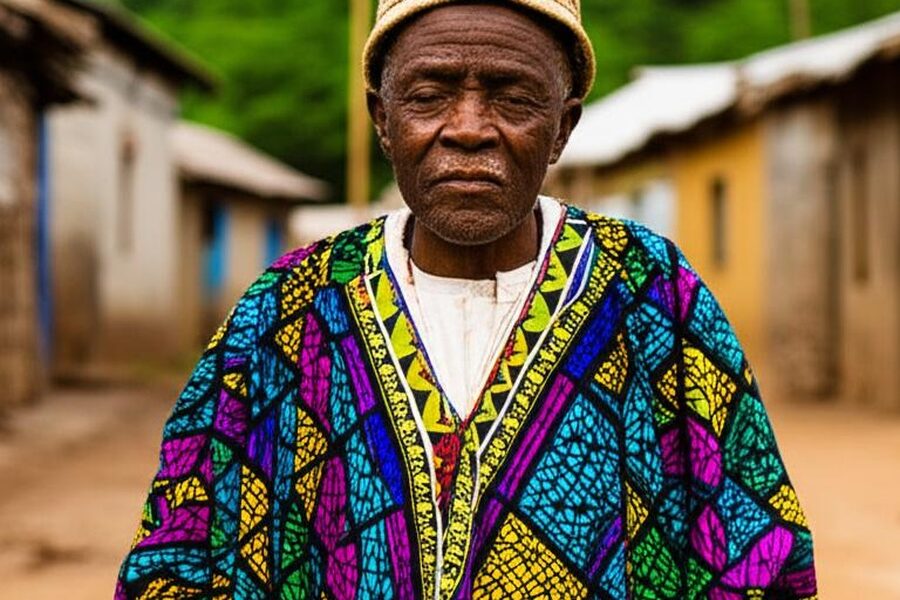Haiti’s population reflects centuries of migration, colonial rule and cultural exchange, creating a landscape of communities with distinct languages, religions and histories. Coastal towns, mountain regions and urban centers each host different blends of ancestry that shape daily life and local traditions.
There are 12 Haiti Ethnic Groups, ranging from Afro-Haitian to Yoruba-descended. For each group, the list below uses Population share (%),Primary region(s),Origin/ancestry so you can compare size, location and roots — you’ll find below.
How reliable are the population share figures for these groups?
Population shares are best seen as estimates drawn from a mix of censuses, surveys and academic research; data quality varies by year and method, and self-identification can shift over time. Use the percentages as general guides and check the cited source or date for precise work.
How is an “ethnic group” defined in the Haitian context?
In Haiti, ethnic categories are shaped by ancestry, language, religion, migration history and self-identification rather than strict genetic lines; groups often overlap (for example, African-descended people with specific cultural or regional ties), so descriptions emphasize common origin and cultural patterns rather than rigid boundaries.
Haiti Ethnic Groups
| Name | Population share (%) | Primary region(s) | Origin/ancestry |
|---|---|---|---|
| Afro-Haitian | 90-95% | Nationwide | West and Central African origins |
| Gens de couleur | 4-6% | Port-au-Prince, Cap-Haïtien, urban centers | Mixed West African and European |
| White Haitian | 1-2% | Port-au-Prince, northern and coastal towns | French and other European settlers |
| Taíno (Indigenous) | Historically significant (<1% self-identified) | Nationwide heritage; rural pockets | Arawakan Taíno (indigenous Hispaniola) |
| Polish Haitians | 0.1-0.5% | Cazale area (Ouest), north-central pockets | Polish soldiers who settled after Haitian Revolution |
| Lebanese Haitians | 0.5-1.0% | Port-au-Prince, coastal commerce towns | Lebanese migrants (19th–20th c.) |
| Syrian/Palestinian Haitians | <0.5% | Port-au-Prince, trading centers | Syrian and Palestinian migrants |
| Chinese Haitians | <0.5% | Port-au-Prince, Cap-Haïtien | Chinese migrants (19th–20th c.) |
| Jewish Haitians | <0.1% | Port-au-Prince | Sephardic and Ashkenazi immigrants |
| Maroon (Cimarron) communities | Historically significant (<1% distinct today) | Mountainous and remote coastal areas | Escaped enslaved Africans and descendants |
| Kongo-descended | Ancestral influence (significant within Afro-Haitians) | Widely across Haiti (cultural influence) | Kongo Basin (Central Africa) |
| Yoruba-descended | Ancestral influence (significant within Afro-Haitians) | Widely across Haiti (cultural influence) | Yoruba regions (Nigeria area) |
Images and Descriptions
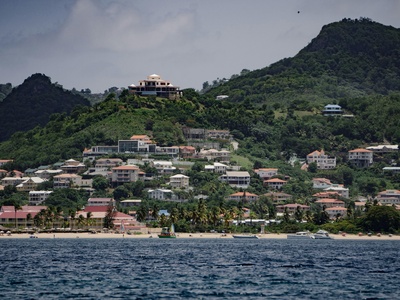
Afro-Haitian
Descendants of enslaved West and Central Africans who form Haiti’s majority. Speak Haitian Creole and French; culture shaped by Vodou, Creole cuisine, music (kompa, rara), and revolutionary history from the Haitian Revolution to modern national identity.
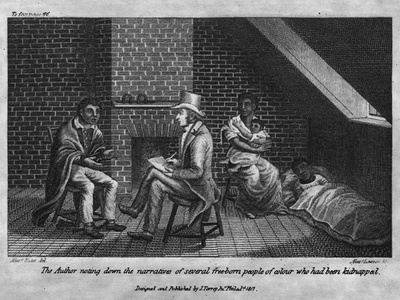
Gens de couleur
Historically free mixed-race community (affranchis) of African and European descent. Concentrated in cities, often bilingual in French and Creole; important in 18th–19th century social and political life with distinct elite cultural and property traditions.

White Haitian
Small minority mainly descended from French colonists and later European immigrants. Concentrated in urban and coastal areas; French-speaking, Catholic traditions, and historical links to commerce, landholding, and colonial-era institutions.
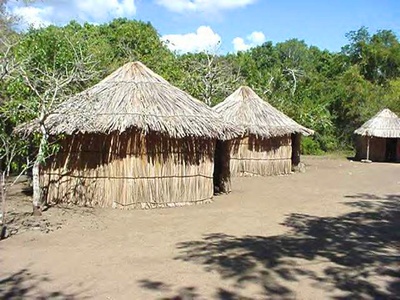
Taíno (Indigenous)
Pre-Columbian inhabitants of Hispaniola; largely decimated by colonization but subject of modern cultural revival. Some Haitians claim Taíno ancestry; influences persist in place names, agricultural practices, crafts, and revived identity movements.
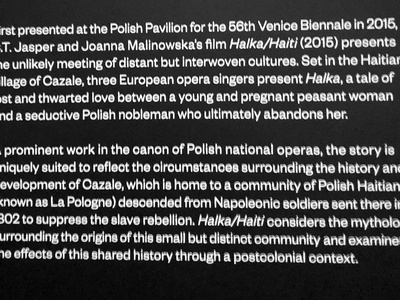
Polish Haitians
Descendants of Polish legionaries who switched sides during the Haitian Revolution and settled locally. Small communities retain Polish surnames and Catholic practices blended with Haitian Creole, folklore, and occasional commemorations of Polish heritage.

Lebanese Haitians
Migrants and their descendants who became merchants and entrepreneurs. Concentrated in urban commercial centers; often bilingual (Arabic, French, Creole), maintain Lebanese cultural customs, diverse religious traditions, and prominent roles in trade networks.
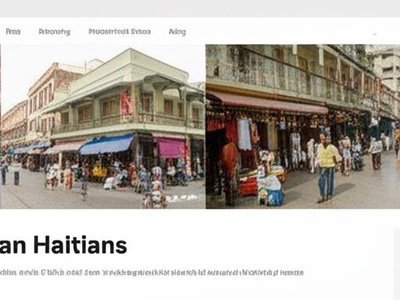
Syrian/Palestinian Haitians
Small Levantine-origin merchant communities arriving in the late 19th and 20th centuries. Active in urban trade, often Arabic-speaking historically, integrated into Creole/French society while preserving family, religious, and cultural traditions.

Chinese Haitians
Descendants of Chinese migrants involved in commerce and small business. Concentrated in major cities, maintain elements of Chinese cuisine, family associations, and gradually blended into Haitian Creole-speaking society with multi-generational ties.

Jewish Haitians
Very small Jewish presence historically involved in commerce and urban life. Mostly in Port-au-Prince; families have practiced Judaism alongside integration into Haitian culture, maintaining religious traditions and occasional community institutions.
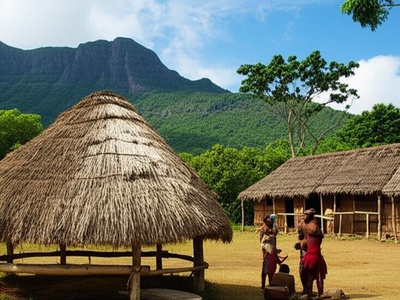
Maroon (Cimarron) communities
Communities formed by escaped enslaved people during colonial times, often in remote mountains. Played major roles in resistance and cultural preservation, maintaining African-derived spiritual practices, music, oral histories, and contributing to Vodou and revolutionary heritage.
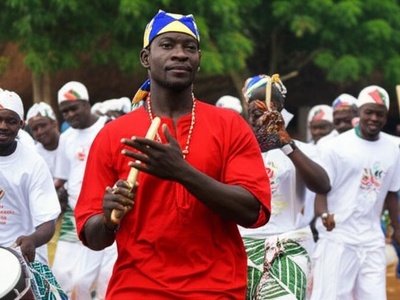
Kongo-descended
Ancestral group among enslaved Africans whose beliefs and practices strongly shaped Haitian Vodou, drumming, dance, and naming traditions. Not a separate modern census group but integral to many spiritual and communal practices nationwide.
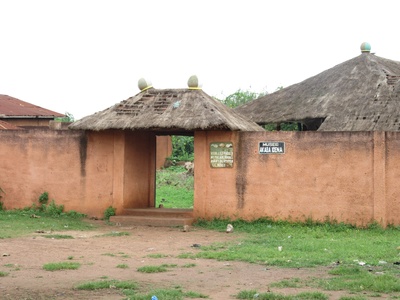
Yoruba-descended
Ancestral roots traced to Yoruba peoples whose ritual forms, cosmologies, and linguistic traces influenced Haitian spiritual life and folklore. Their cultural legacy persists in ritual vocabulary, healing practices, and certain ceremonial rhythms across Haiti.

